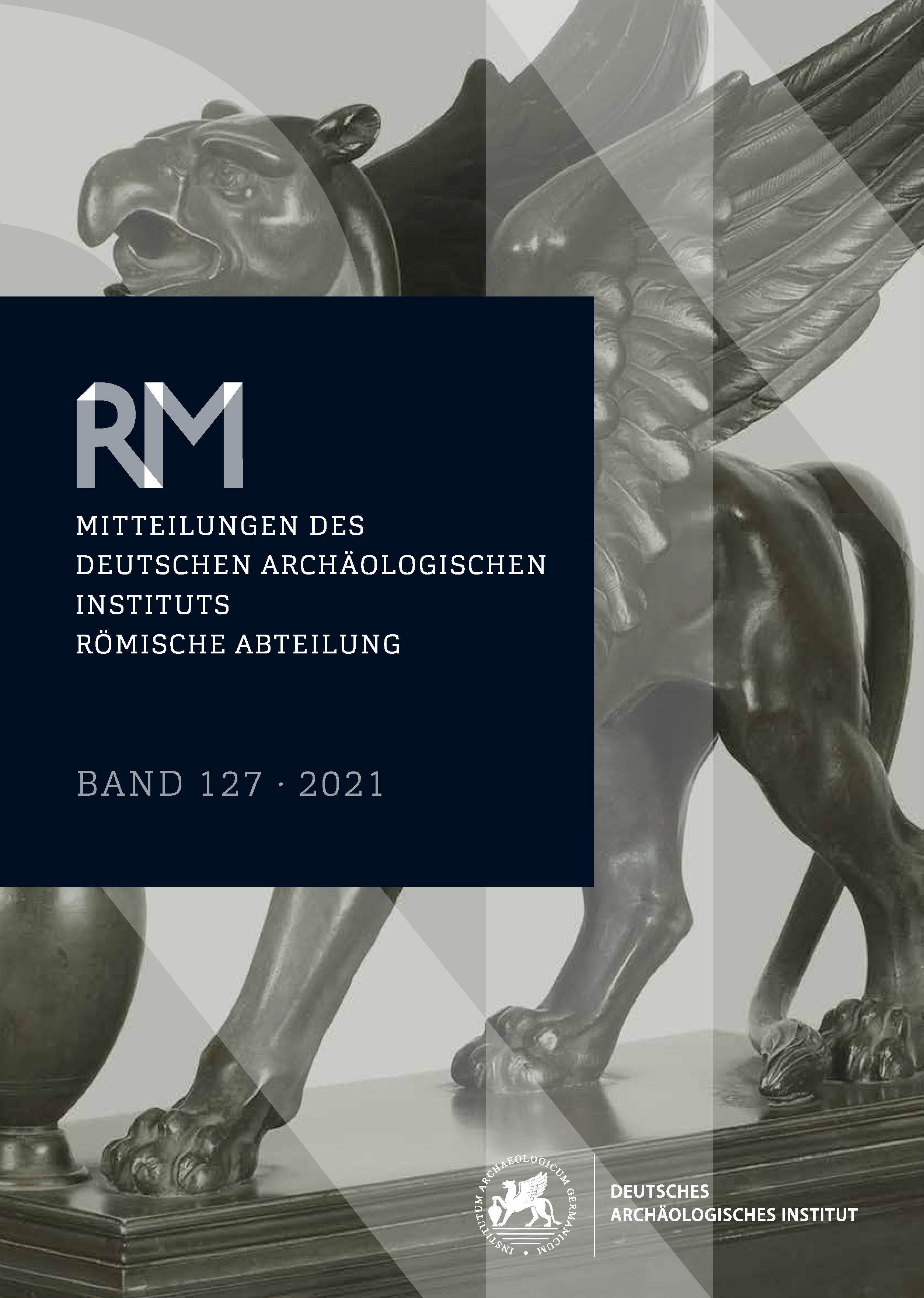Sulla periodizzazione delle necropoli protostoriche di Fermo
https://doi.org/10.34780/7gdb-fbu2
Résumé
The site of Fermo, located in the southern part of the Marche region (central Adriatic Italy), has been the center of a lively scientific debate. Many scholars assert that during the Early Iron Age (9th–8th centuries BC) Fermo represents an enclave of the Villanovan culture (linked to the birth of the Etruscan ethnos) set in an area otherwise characterised by the Picene culture. The same scholars believe that in more recent periods (7th–6th centuries BC) the community of Fermo was completely absorbed within the Picene culture. Renato Peroni has proposed a different interpretation, according to which the ties between Fermo and the Villanovan centers arose rather from a similar protourban development. The current work proposes a new scheme of relative chronology for the site of Fermo, the outcome of a research project which has analysed a substantial number of unpublished tombs from the Misericordia and Mossa necropolises. The characteristics of each period (Fermo I, IIA, IIB, III, IVA, IVB, V) are illustrated through a selection of representative funerary contexts, which span from the 9th to the early 5th centuries BC. The paper illustrates the cultural evolution of the site both in its relationships with Middle Tyrrhenian and Po Valley regions and with the surrounding Middle Adriatic environment; new light is thereby shed on its cultural development in the 7th–6th centuries BC.
Mots-clés :
Fermo, Villanovan Culture, Picene Culture, Iron Age, Relative Chronology





